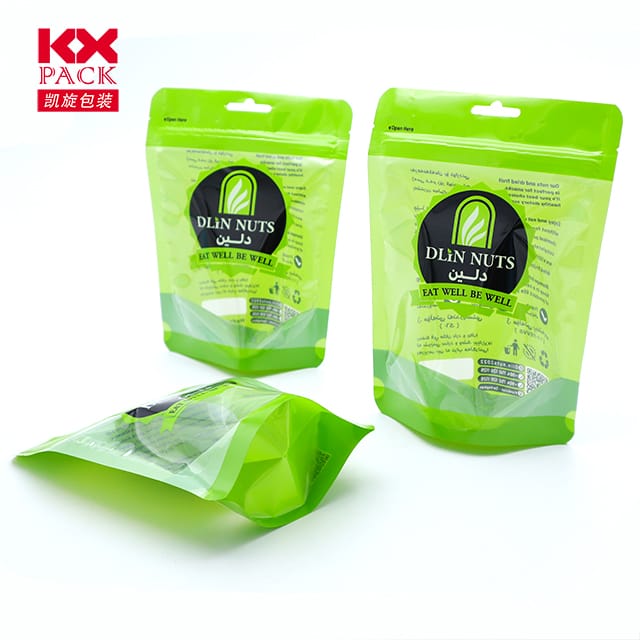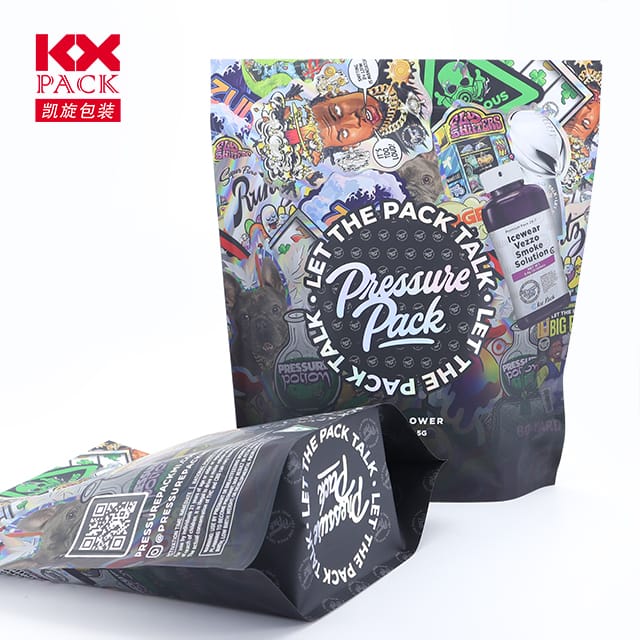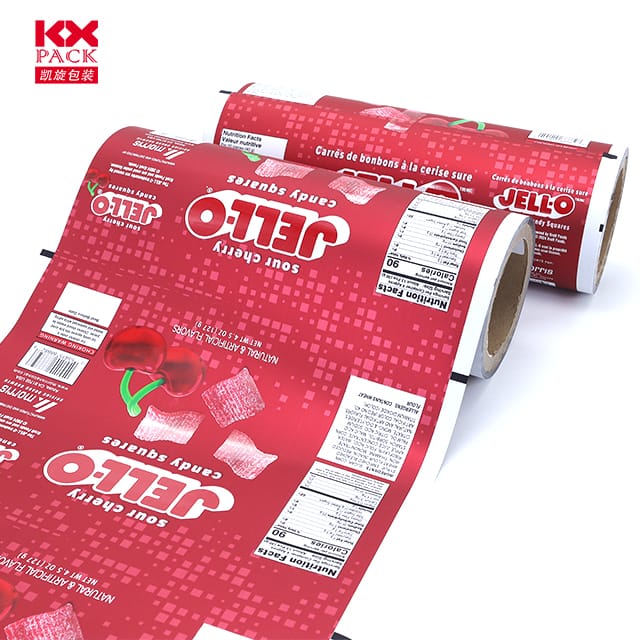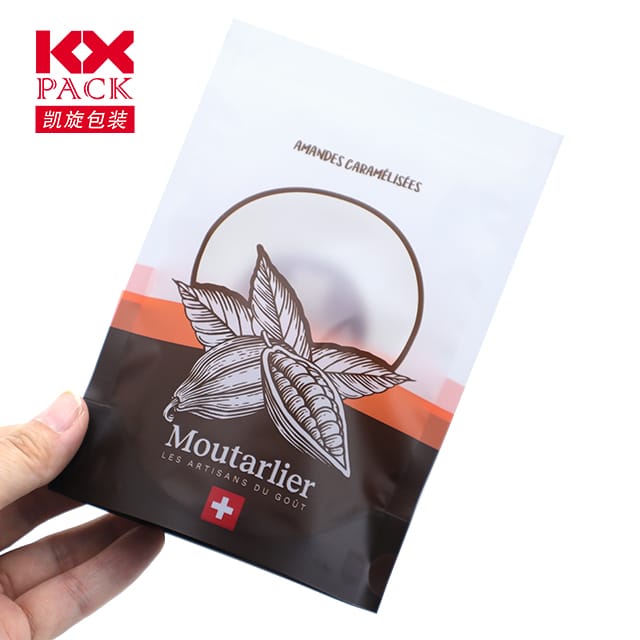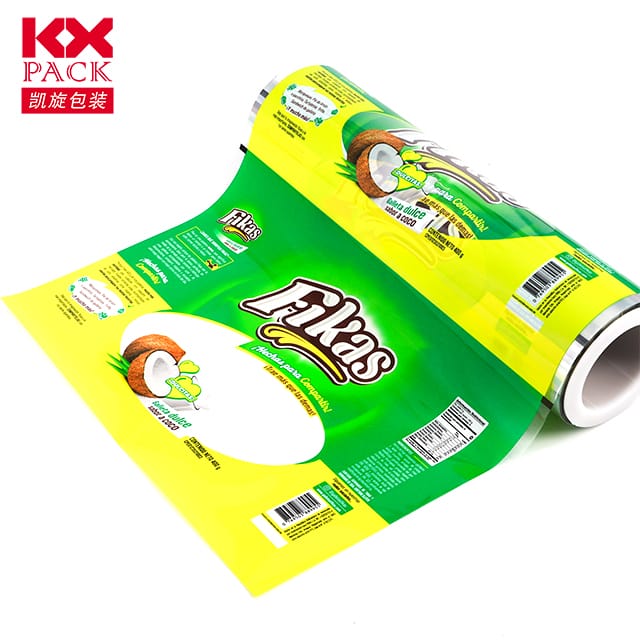La duflanka glavo el plasta filmo en manĝaĵpakado: Komforto vs. Daŭripovo
Plasta filmo
In modern kitchens and supermarkets, plastic film for food—commonly known as cling wrap, Sugesta envolvaĵo, or food wrap—has become a staple. Ĝia travidebla, streĉa, and airtight properties make it ideal for preserving freshness, preventing spills, and wrapping leftovers. Tamen, Kiel Mediaj Zorgoj Monto, this ubiquitous kitchen tool is facing scrutiny. Let’s explore the benefits, Malavantaĝoj, and eco-friendly alternatives to plastic film in food storage.
1. Why Plastic Film Dominates Food Packaging
- Konserva potenco: Plastic film creates an airtight seal, slowing oxidation and bacterial growth. This extends the shelf life of produce, Manĝoj, and cooked meals by days or even weeks.
- Verstileco: From wrapping sandwiches to covering bowls, its flexibility allows it to conform to any shape.
- Kostefikeco: A single roll costs just a few dollars and can last months, making it a budget-friendly choice for households and restaurants.
- Hygiene: Transparent and disposable, it reduces cross-contamination risks compared to reusable containers that may not be cleaned thoroughly.
2. La Media Pago de Plasta Filmo
Despite its convenience, plastic film poses significant environmental challenges:
- Ne-biodegradebla: Plej multaj plastaj filmoj estas faritaj el polietileno (PE), a petroleum-based material that takes 500+ jaroj malkomponi.
- Mikroplasta Poluo: When discarded improperly, it fragments into microplastics that infiltrate soil, akvovojoj, and even human food chains.
- Recycling Barriers: Many curbside recycling programs don’t accept plastic film due to contamination risks. Nur 4% of U.S. plastic wrap is recycled annually (EPA, 2021).
- Single-Use Culture: The average household uses 1,500 plastic bags/wraps yearly, most of which end up in landfills or oceans.
3. Eco-Friendly Alternatives to Plastic Film
The good news? Sustainable swaps are readily available:
A. Vakso de abeloj
- Materialo: Kotona ŝtofo tegita en vakso de abeloj, jojoba oleo, kaj arborezino.
- Avantaĝoj: Reuzebla ĝis jaro, kompoŝtebla, kaj nature antibacteria.
- Plej bona por: Wrapping cheese, sandwiches, or covering bowls.
- Drawback: Not vegan-friendly and melts near heat.
B. Silikonaj Manĝaĵaj Kovriloj
- Materialo: Food-grade silicone (a synthetic rubber).
- Avantaĝoj: Sekura por vazlavilo, reusable for years, and heat-resistant (great for sous-vide cooking).
- Plej bona por: Stretching over bowls, patoj, or half-cut produce.
- Drawback: More expensive upfront (10–20 per set).
C. Reusable Fabric Covers
- Materialo: Kotono aŭ tolo kun akvorezista tegaĵo (T.e., PUL fabric).
- Avantaĝoj: Machine-washable, customizable in size, and breathable for produce.
- Plej bona por: Storing bread, herbs, or covering dough during rising.
D. Vitraj aŭ Neoksideblaj Ŝtalaj Ujoj
- Avantaĝoj: Hermetika, likvora pruvo, and infinitely recyclable.
- Plej bona por: Meal prepping, leftovers, and freezer storage.
4. How to Reduce Plastic Film Waste Today
Even if you’re not ready to ditch plastic film entirely, small changes can make a difference:
- Reuse: Wash and dry plastic wrap gently to reuse it 2–3 times.
- Recycle Right: Check local programs for drop-off locations that accept plastic film (T.e., grocery store bins).
- Buy in Bulk: Avoid pre-wrapped produce; bring reusable mesh bags to the store.
- DIY Alternatives: Use a damp paper towel to keep greens fresh or store leftovers in jars.
5. The Future of Food Packaging
Innovations are emerging to bridge convenience and sustainability:
- Manĝeblaj filmoj: Made from starch or seaweed, these wraps can be eaten or composted.
- Plant-Based Plastics: Biodegradable films derived from corn or sugarcane are entering the market.
- Inteligenta Pakado: Sensors embedded in films could soon detect food spoilage, reduktante malŝparon.
Finaj Pensoj: Balance Is Key
Plastic film’s role in food safety and preservation is undeniable, but its environmental impact demands action. By opting for reusable alternatives when possible and disposing of plastic responsibly, we can protect both our meals and the planet.
What’s your go-to plastic film alternative? Share your tips in the comments below—let’s inspire each other to make sustainable swaps! 🌍🥪
Sources: EPA, National Geographic, and sustainability blogs like Treehugger.


